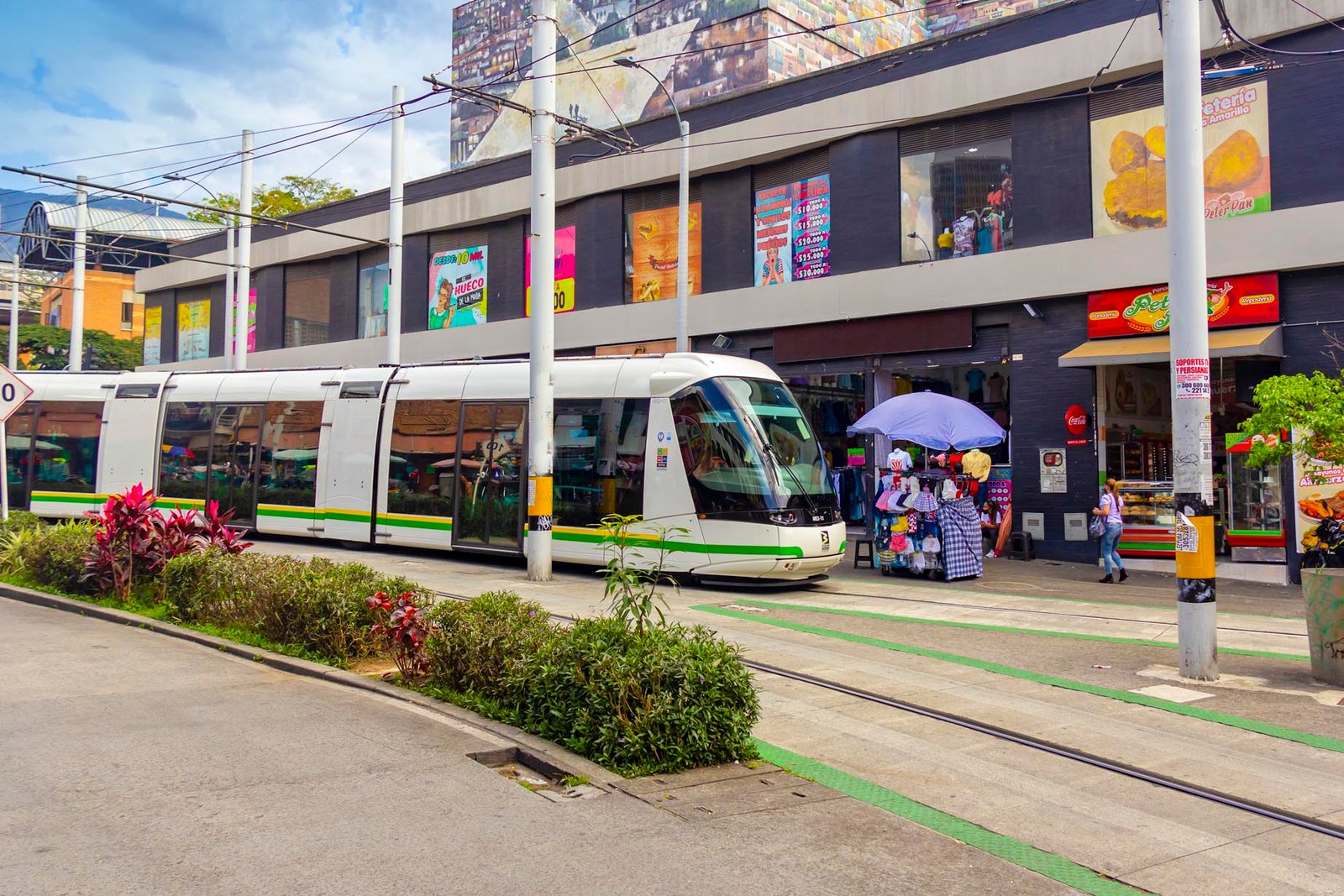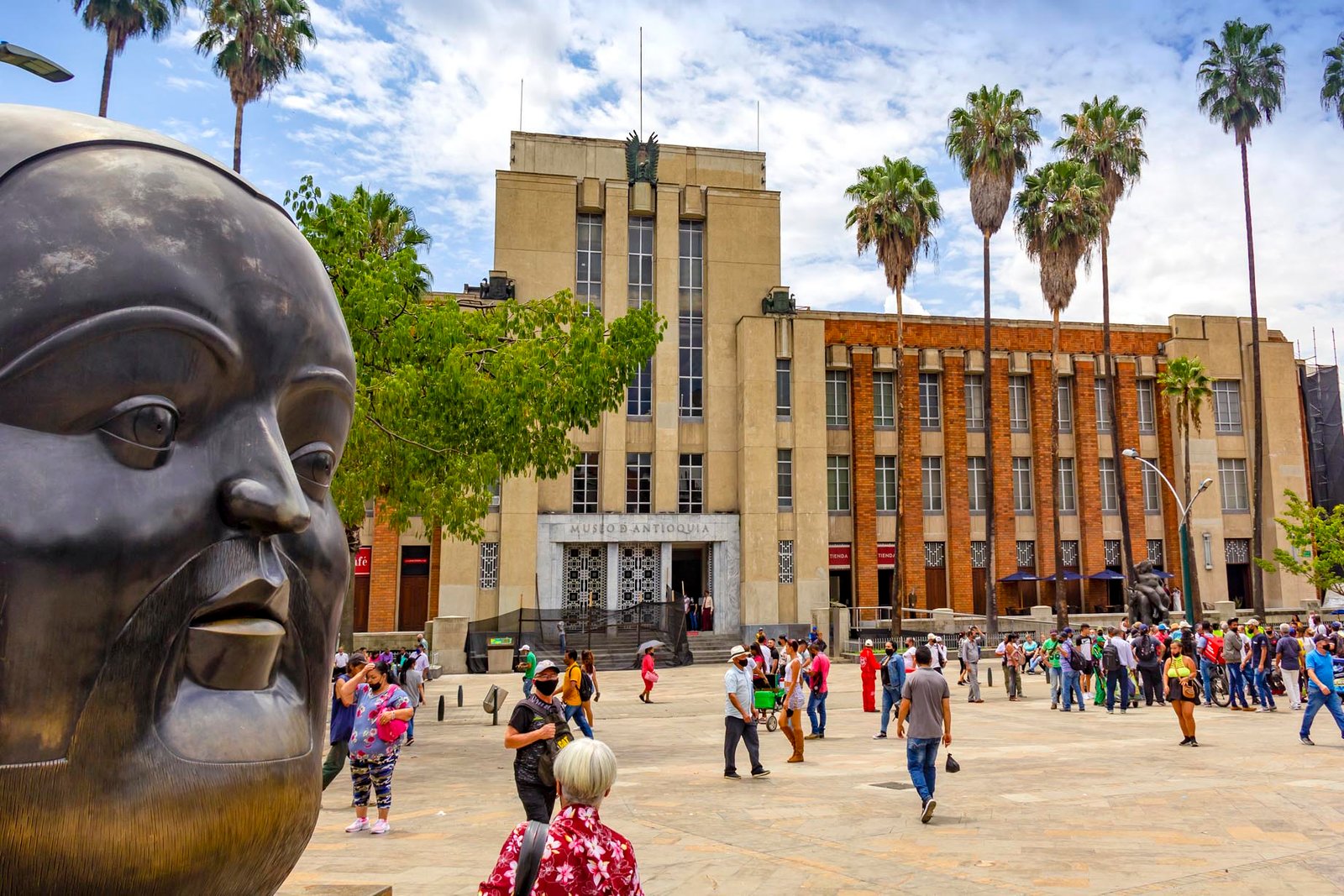
Medellín: The Epitome of Resilience
By Juan Felipe Sierra
Photos: Demian Colman
Medellín lingers in the hearts and minds of Colombians and foreign travelers alike during these pandemic times, keeping it relevant as it prepares to revive tourism with new experiences for visitors.

This past year has given the capital city of Antioquia the opportunity to reinvent itself and highlight its recent achievements, including international awards. It is now ready to open its doors once again, offering attractions that provide visitors new experiences with added health and safety assurances.
What’s New
The city’s traditional and iconic attractions are complemented by new experiences, such as the Jardín Circunvalar (Metropolitan Green Belt) in Comuna 8. It affords visitors the best panoramic views of the city, the pure air at 6,500 feet above sea level, a connection to nature, pine forests, local cuisine, and an ecotrail for sports. This is a place to disconnect and gain a new perspective on the city.

You can reach the Green Belt via tram (from the San Antonio metro station) and the Line H aerial tramway to the Las Torres station. The atmosphere here is noticeably more rural. A short ascent takes you to the Green Belt route for a 45-minute nature walk. To return to the city center, you can board at the 13 de noviembre station on the Line H aerial tramway and get off near Guayaquil, the city’s largest outdoor shopping center.
“A Mindful Downtown”
The circuit linking Berrío Park, Plaza Botero, Bolívar Park, and Plazuela San Ignacio showcases the area’s heritage of history, culture, and education. The city’s development plan, called “A Mindful Downtown,” includes ten projects in each zone. For example, Plazuela San Ignacio, which brings together nearly sixty educational entities, is creating “Pocket Parks,” 10,000-square-foot safe zones in the city. According to Mónica María Pabón, manager of downtown Medellín, three “pocket parks” will be finished by the end of this year.

There are also Clean Air Zones (ZUAP) that improve air quality by limiting emissions of polluting gases, and Line P, the sixth line in the aerial tramway system, which opened recently in Picacho. Jaime Andrés Ortiz, process coordinator for the Medellín metro, explains that the Tarjeta Cívica (CityCard) provides access to the entire system with just one payment.
Access to Urban Art
The center of town is home to Plaza Botero, featuring works donated to the city by maestro Fernando Botero, and the Antioquia Museum, which reinvented itself after the pandemic forced it to close. Museum director María del Rosario Escobar notes that they are increasing health and safety protocols in the museum building while also working to create a virtual space to strengthen their digital presence. Today, the brick-and-mortar museum receives an average of 120 visitors a day, down from 800 visitors daily before the pandemic. The museum’s six galleries cover the history of Colombian art since the pre-Hispanic period with exhibits organized in the form of a dialogue. In addition to the permanent exhibits, temporary galleries showcase promising young talents. Last month saw the opening of the exhibit “Finding A Voice,” which will run until July. This year, the museum celebrates its 140th anniversary with “Botero Year.” To observe this occasion, Plaza Botero is being restored and some works are being relocated.

Clean Agriculture
The little town of San Cristóbal gives visitors a close-up look at clean, sustainable agriculture. Farms produce vegetables, flowers, and fruit without agrochemicals, and the soil is tended with mountain microorganisms and organic fertilizers. Corporations such as Penca de Sábila promote this type of agriculture.

The natural attractions of San Antonio de Prado are ideal for walking and bike tourism. A stone’s throw away sits Cycle House, a workshop and cultural center where cyclists from around the world can plan their bike tours or simply stop in during an international tour. Having ridden their metal steeds this far, they can continue to pedal up mountains, speed down roads, and embrace nature. “Since we opened twelve years ago, we have welcomed more than 2,700 travelers who not only share their experiences, but also help build up the community and contribute to the local economy,” commented founder Manuel Velásquez.
More Places to See
Ruta N is a hub of innovation and development for collaborations between academia, business, and government. “One critical upcoming challenge is the consolidation of Software Valley, which will generate local start-ups and make it easier to co-create with big companies,” observes Javier Darío Fernández, director of Ruta N. Mercado Libre and Alibaba are new tenants in the complex. The corporation is located very close to the tourist zone, which is home to the Botanic Garden, Parque Explora, the Municipal Planetarium, Parque de los Deseos, and Parque Norte.

Don’t forget the west side’s graffiti tour, which takes visitors through Comuna 13. Escalators, urban culture, good cheer, and links to hip-hop, champeta, and other musical genres are all part of the transformation of the area, which represents the epitome of resilience. The balconies look out on a slightly different panorama of the city, which visitors can toast with a good artisan beer, locally produced by members of the community.

While the pandemic canceled many conferences, festivals, and conventions—normally an important industry for Medellín—the city hopes to host ninety-seven events during the second half of the year. Thirty-two of these will be international, bringing an economic windfall of 61 billion pesos (some 16.7 million dollars). Notable upcoming events include the World Coaching Congress, Tourism Cares (community tourism), Encuentro de Ciudades por la Felicidad Conference, and the ELLA Festival.
Awards and Positioning
The city has worked hard to remain relevant during this long period of inactivity by participating in virtual business conferences and trade shows, such as Travel Fest Colombia 2020 and 2021. This may be why, last November, it earned the World Travel Award for South America’s Leading City Break Destination. The city has received plenty of other acclaim as well. Lonely Planet travel guide named the capital of Antioquia one of the best destinations in the world for community revitalization, and The Segittur company, a Spanish government-linked entity that develops innovative technologies for the tourism sector, named Medellín the first smart tourist destination in Colombia. The city is now Latin America’s second smart destination, after Tequila (México).
“These honors were achieved by working with entrepreneurs and stimulating sustainability and renewal in the tourism sector by presenting health and safety, certification, marketing, and employee training projects,” notes Ledys López Zapata, Undersecretary of Tourism in Medellín.

Visitors to the city can plan their trips on the official travel website, medellin.travel, and visit.medellin, which offers more than seventy safe and fun experiences.
“Among the most important lessons learned from the pandemic is the significance of joint projects and cooperation. We can better reach our common goal of strengthening the city’s tourism sector by having the city government, professional associations, the federal government, businesses, and providers of tourist services work together,” notes Sandra Howard, director of the Medellín Convention & Visitors Bureau.
“Our reopening project involves 407 businesspeople in Medellín and other regions of Antioquia,” states Beatriz Velásquez, director of the Tourism Cluster. This is how Medellín stays in the minds of national and international travelers who are eager to feel the winds of change and experience these new transformations.
